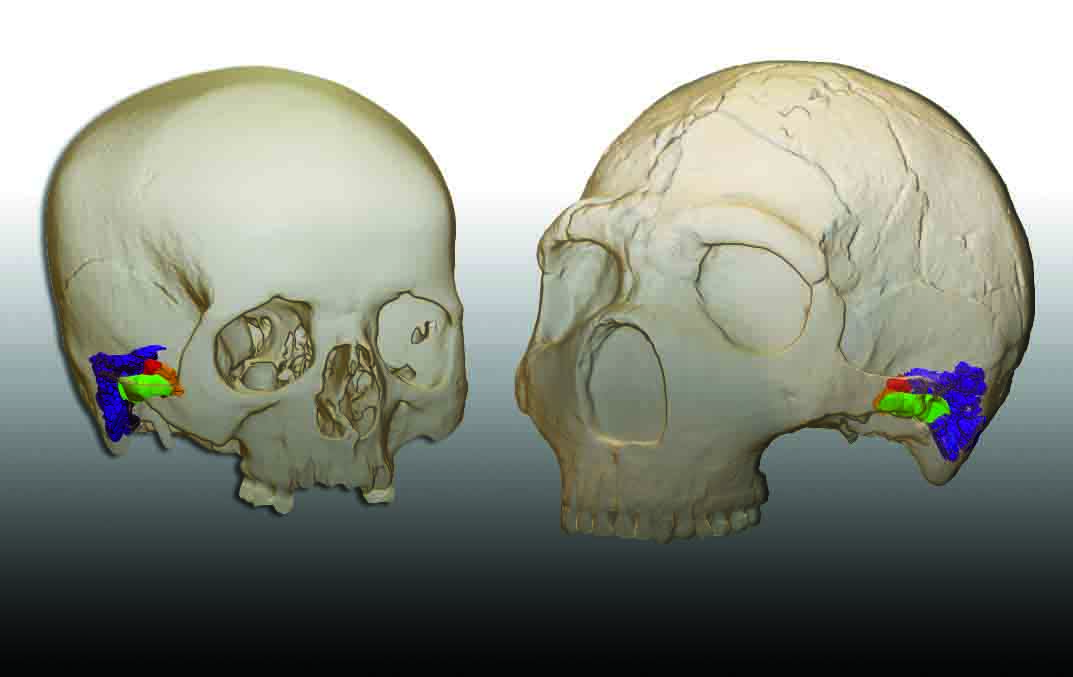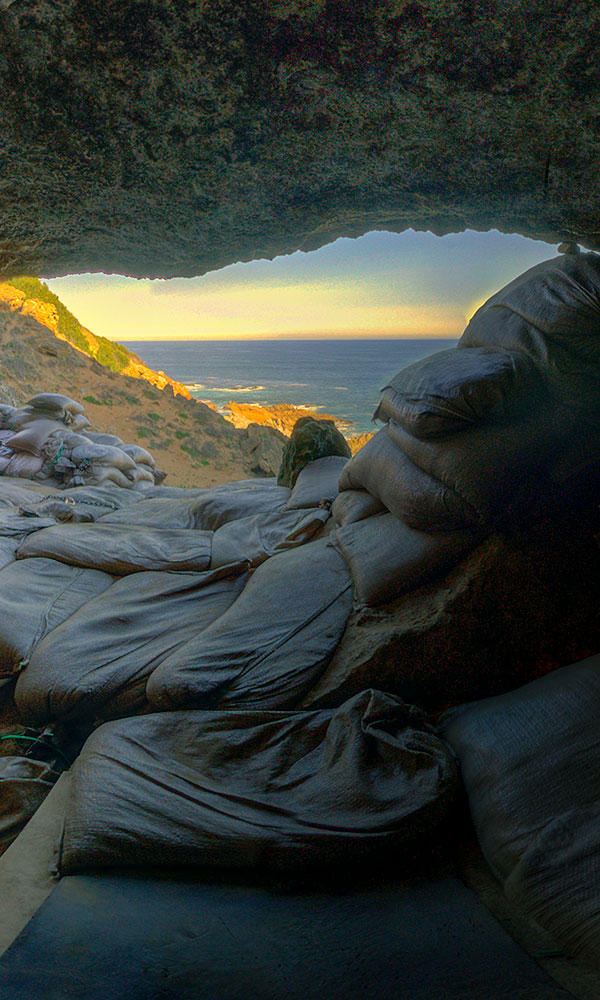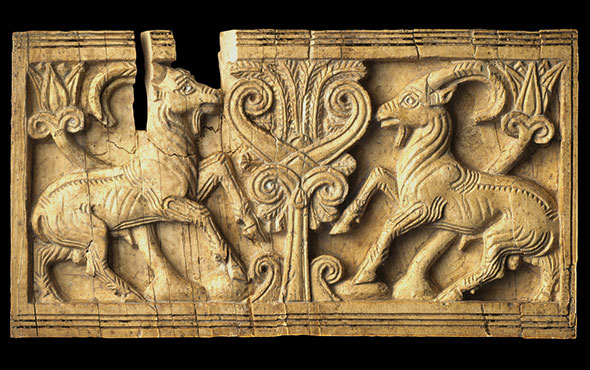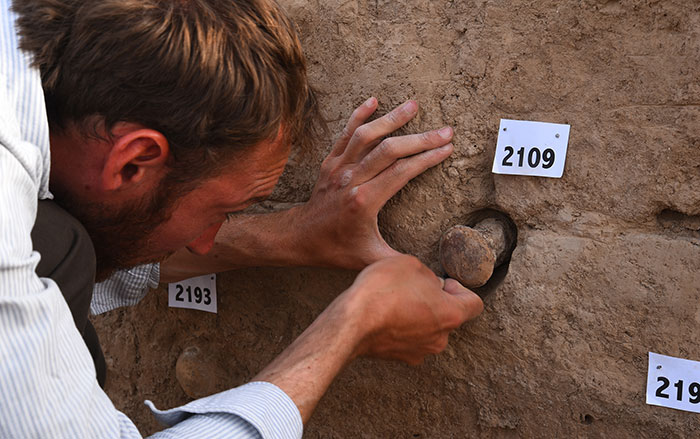
SILESIA, POLAND—Science in Poland reports that a 60,000-year-old flint workshop has been discovered on a riverbank in southern Poland. Among some 17,000 pieces of flint, thought to have been worked by Neanderthals, Andrzej Wiśniewski of the University of Wrocław and his team were able to find areas where certain kinds of tools were crafted. In fact, the researchers were able to reconstruct the waste from the production of individual tools, and determine how they had been made. Wiśniewski also said the site is the first Neanderthal flint workshop to be found in Central Europe in the open air, rather than in a cave. “It appears that in this place a community was present over a longer period, as evidenced by the large number of discovered objects,” he explained. “In addition, there are also preserved remains of mammoth, rhinoceros, and horse bones.” Microscopic traces of meat were found on a few of the tools that remained in the workshop. The others were presumably carried to other sites for use. For more, go to “Neanderthal Tool Time.”










